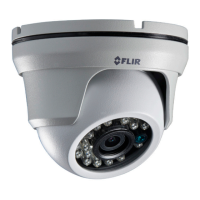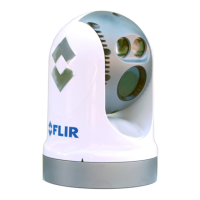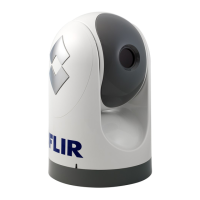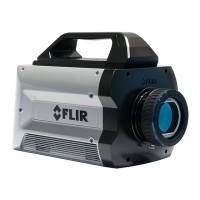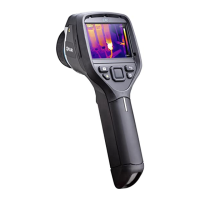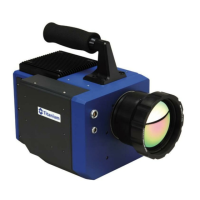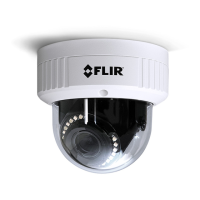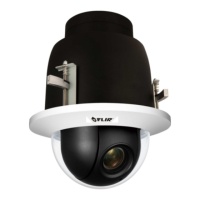Tau User’s Manual 3—Basic Operation of the Tau and GUI
TAU-0035-00-10, version 100 April 2009 3-15
Image-Orientation Mode: Two Image-Orientation mode selections are provided. Select
one or both to change the orientation of the video image.
(Invert/Revert functions will be supported in July 2009.)
Invert: The normal image is flipped vertically. The
pixel on the upper-left corner of the detector array
is displayed on the lower-left corner of the video
display in Invert mode. Invert is used when
mounting the camera upside-down.
Revert: The normal image is flipped horizontally.
The pixel on the upper-right corner of the detector
array is displayed on the upper-left corner of the
video display in Revert mode. Revert mode
produces a mirror-image of Normal mode; use for
applications where the camera is imaged through
a fold-mirror.
Note
Pan & Zoom, Zoom:
The Tau camera
has a built-in 2X and 4X digital zoom
capability. The Zoom checkboxes are used to
turn on/off the camera zoom. With the
Unzoom box checked, the Tau camera
displays the full sensor array image (NTSC:
320x240 pixels or PAL 320x256 pixels).
When the Zoom 2x box is checked, a smaller
central region of the sensor array is mapped
to the video output creating the zoom effect.
For NTSC and PAL video formats in zoom
mode, 160x120 and 160x128 pixels,
respectively, are mapped to the analog video
output. When the Zoom 4x box is checked,
80x60 (NTSC) and 80x64 (PAL) pixels,
respectively, are mapped to the analog video
output. This reduced region of the array is
called the zoomed array region.
Pan & Zoom, Pan: When in either zoomed mode, you can move the zoomed array region
within the full array area. This digitally simulates panning and tilting. Panning and tilting are
defined as moving the camera image in the horizontal and vertical axes, respectively.
You can adjust the vertical and horizontal sliders to move the zoomed array region.
When the fine box is not checked the slider controls move the zoomed image from edge to
edge of the full sized array. Checking the fine box increases the sensitivity of the slide control so
that the zoomed array moves one half the total range but all values are achievable.
Simple experimentation while viewing the displayed image will quickly give you familiarity with this
feature.
Any time the image orientation mode is changed, a flat-field correction takes place.
Select to
enter offsets
Click to
center
Tilt
slider
Pan
slider

